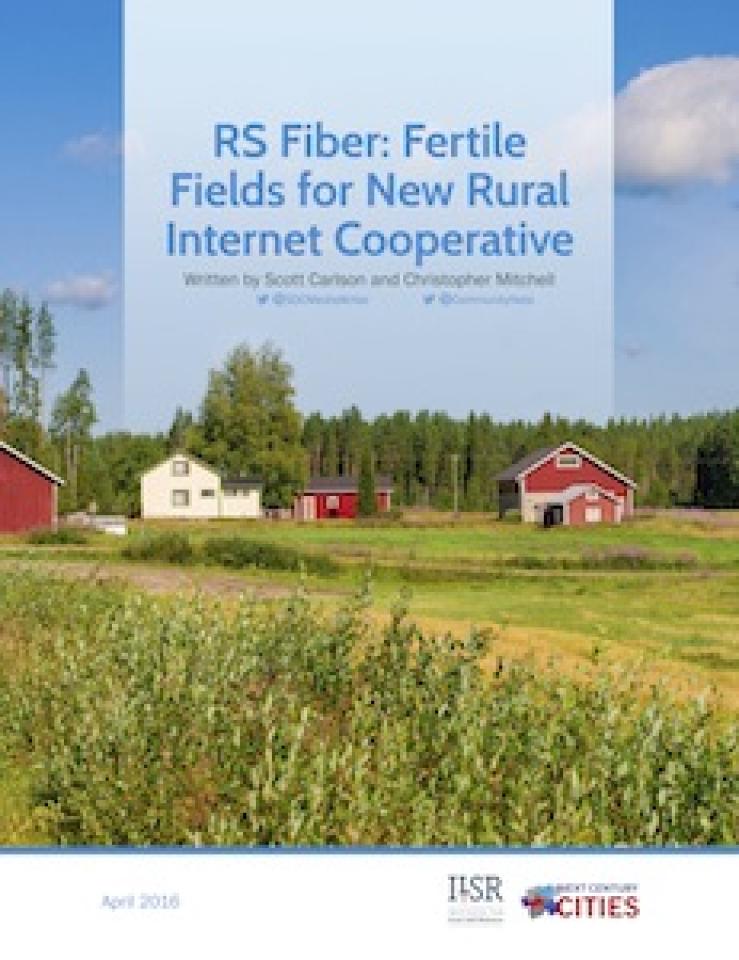
Fast, affordable Internet access for all.

A new trend is emerging in rural communities throughout the United States: Fiber-to-the-Farm. Tired of waiting for high-quality Internet access from big companies, farmers are building it themselves.
Communities in and around Minnesota’s rural Sibley County are going from worst to best after building a wireless and fiber-optic cooperative. While federal programs throw billions of dollars to deliver last year’s Internet speeds, local programs are building the network of the future.
In “RS Fiber: Fertile Fields for New Rural Internet Cooperative,” the Institute for Local Self-Reliance (ILSR) and Next Century Cities documents a groundbreaking new model that’s sprung up in South Central Minnesota that can be replicated all over the nation, in the thousands of cities and counties that have been refused service by big cable and telecom corporations.
Tired of Waiting: Farmers Build Their Own Fiber-Optic Co-op
21st century farms require 21st century connectivity. Denied access by telephone and cable companies, they created a new model.
In the report you’ll meet:
From the technologies to the financing, rural communities can solve their problems with local investments.
“This cooperative model could bring high quality Internet access to every farm in the country,” says Christopher Mitchell, director of ILSR’s Community Broadband Networks initiative. “It’s time we stop giving billions of dollars to the big telephone companies that have refused to meet local needs. There is a better way, there are better models emerging. We can do this. RS Fiber proves it.”
